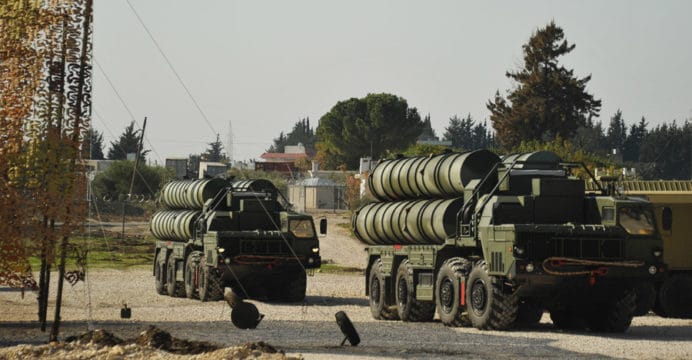Jura The idiot
General
TF
according to defense-aero.com these OK ambitions were announced Dec 17, 2017Engine Thrust Class: > 2 x 20,000 lbs.
Service Ceiling: > 55,000 ft
Max Speed: Mach 2
Max Range: > 600 nm
MTOW: > 60,000 lbs.
Length: 19 m (60 ft.)
Wing Span: 12 m (39 ft)
Wing Area: ~ 60 m² (670 ft²)
In order to meet Turkish Air Force (TurAF) requirements beyond 2030s, an indigenous design and development program has been launched by the Turkish Government which aims to replace the aging F-16 fleet of TurAF.
Within the scope of TF-X Program, Turkey will become one of the few countries to possess the necessary technologies, engineering infrastructure and production capabilities. Once the engineering activities on all the critical technologies are accomplished (e.g. increased situational awareness, sensor fusion, low observability, weapon bay, …etc), which are needed by a 5th generation (or beyond) jet fighter aircraft.
TF-X aircraft is planned to be kept operational in the TurAF inventory until 2070s and will be interoperable with other critical assets of TurAF such as F-35As.
The TF-X indigenous design and development program prime contract between Undersecretariat for Defence Industries (SSM) of Ministry of Turkish National Defence and Turkish Aerospace Industries Inc. (TAI) has been signed on 5th of August 2016.
The timing of this signature alone, is a key demonstrator of Turkey’s determination of running mega-projects uninterruptedly, even under extra-ordinary conditions.
Currently, the prime contract covers the initial four (4) years (starting after signature of major subcontracts) which will end up with completion of preliminary design phase. Within this period beyond the design and development of TF-X Aircraft, engineering capabilities, technology development activities (for key sensors like radar, electronic warfare..etc.), test infrastructures establishment and certification processes will be performed and extensive capabilities for a new generation jet fighter design, development and production will be gained by Turkish industry.
TF-X aircraft will be a multi-role aircraft, it will be designed mainly for air-to-air role with a consideration to air-to-surface roles as well. Upon engineering analysis, TF-X aircraft will be a multi-role aircraft, it will be designed mainly for air-to-air role with a consideration to air-to-surface roles as well. Upon engineering analysis, preliminary calculations, based on received information of suppliers of candidate engines, TF-X aircraft is decided to be a twin engine configuration.
In this regard a Heads of Agreement (HoA) has been signed between TAI and BAE Systems on 28th of January 2017, in the presence of the Prime Ministers of Turkey and the United Kingdom. In addition, the Letter of Agreement (LOA) has been signed during the IDEF 2017. The TAI-BAE Systems Collaboration Agreement was signed and entered in to effect on 25th of August 2017.
One of the key ambition and consideration of SSM and TurAF, which is also shared by Turkish Industry as well, is the exportability of TF-X aircraft to key allies and friendly countries. In this regard, Turkey also welcomes to discuss any opportunities for participation of interested countries in a win-win model to be generated, where similar examples are also seen in different parts of the world.



